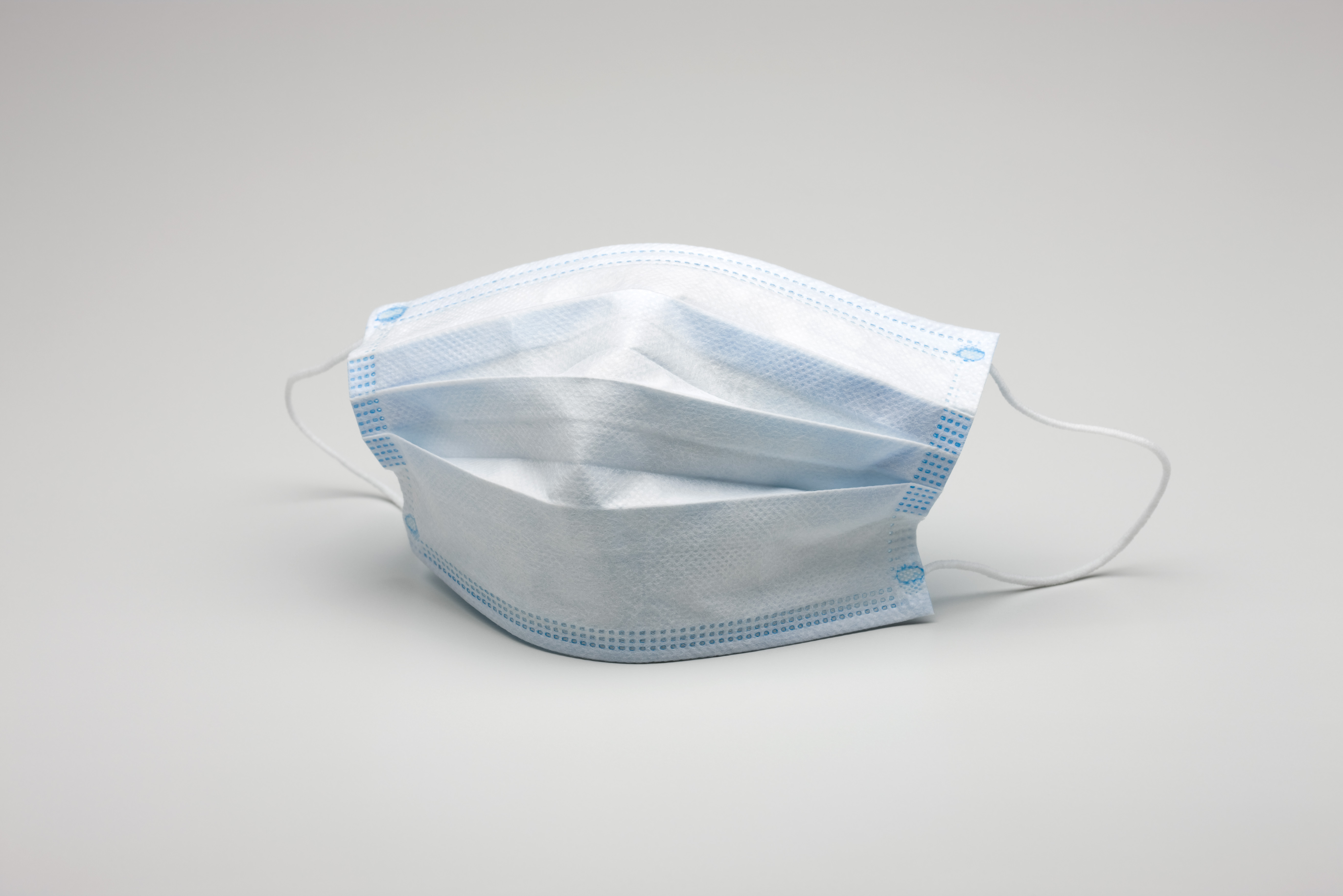New technology enables reuse of masks

(Photo/VCG)
With the COVID-19 epidemic held at bay in China and the resumption of work and production gearing up, the demand for face masks is increasing again. Also, with the spread of the pandemic around the world, the gap between mask supply and demand is still prominent.
How can the effectiveness of each mask be maximized while ensuring safety? The mask charge regeneration and reuse technology developed by Chen Jianfeng, academician of the Chinese Academy of Engineering and professor of Beijing University of Chemical Technology, gives the answer. A few days ago, his research was recognized by several national academies of engineering at a video conference launched by the Royal Academy of Engineering in response to the COVID-19 pandemic.
"Mask filtration is achieved mainly by making use of electrostatic adsorption and fiber arrangement to block ultra-fine particles and droplets, and the charge layer in the middle of the mask plays an important role in protecting particles or droplets such as viruses and bacteria," Chen said in an interview with Science and Technology Daily. He explained that, during the use of a mask, its filtration effect could be damaged or even become ineffective due to the deposition of bacteria and viruses in the electrostatic layer, and static electricity in the charge layer could be eliminated due to moisture.
This means that masks have to be discarded after a period of time because the electrostatic filtration function no longer work. "If you want to reuse the mask in an emergency, you need to focus on two issues," Chen said. "One is how to kill or remove viruses and bacteria such as novel coronavirus that stayed on the mask, and the other is how to replenish static electricity to the electrostatic layer."
Since February, with the support of the Ministry of Science and Technology, a research team has urgently carried out research centered on key technologies and industrialization of reusable face masks.
"One of the key technical problems in the reuse of mask is to restore the charge in the filter layer or put external charges into it - that is, to achieve charge regeneration without damaging the mask material and microstructure," said Wang Dan, a professor at Beijing University of Chemical Technology. He said that the research team developed the charge regeneration technology through three steps, including hot water detoxification, charge regeneration, and test of paper scraps.
Aiming at four kinds of widely used masks - disposable medical masks, medical face masks, KF94 masks, and KN95 masks - the research team tested the filtration efficiencies according to the corresponding standards. The results showed that, compared with new masks, the filtration efficiency of recycled masks decreased by only 0.6% to 2.3%.
"After experimenting with various brands of masks, we have verified the effectiveness of the charge regeneration technology," said Xu Wanfu, general manager of Zhejiang Runtu Group. Xu said the company used to distribute one disposable medical mask to each employee every day, and then changed it to one every three days, saving a total of 122,500 masks from Feb. 20 to March 30.
"The reuse of masks and the industrialization of this technology can maximize the effectiveness of each mask while ensuring safety," Chen said. The professor said the reuse of masks during the emergency period has remarkable social benefits, as it can bridge the gap between demand and supply, and at the same time save resources and reduce environmental pollution.
In accordance with relevant requirements of the Beijing municipal government, the State Key Laboratory of Organic and Inorganic Composites of Beijing University of Chemical Technology recently led the formulation of the first international standard for this new type of reusable masks. According to testing, the masks could withstand washing no fewer than three times and be worn for at least 24 hours without obvious deformation. The masks also have the filtration efficiency similar to the performance of KN90 masks, and could be stored for at least five years.
"The research and standard-setting of the reusable mask project takes into account both the short-term emergency needs of epidemic prevention and control as well as the needs of long-term strategic reserves," Chen said, adding that the project team will actively promote the technology and provide scientific methods for the world to fight against the pandemic.
(You can also read this article at: http://www.china.org.cn/china/special_coverage/2020-05/05/content_76007812.htm)

